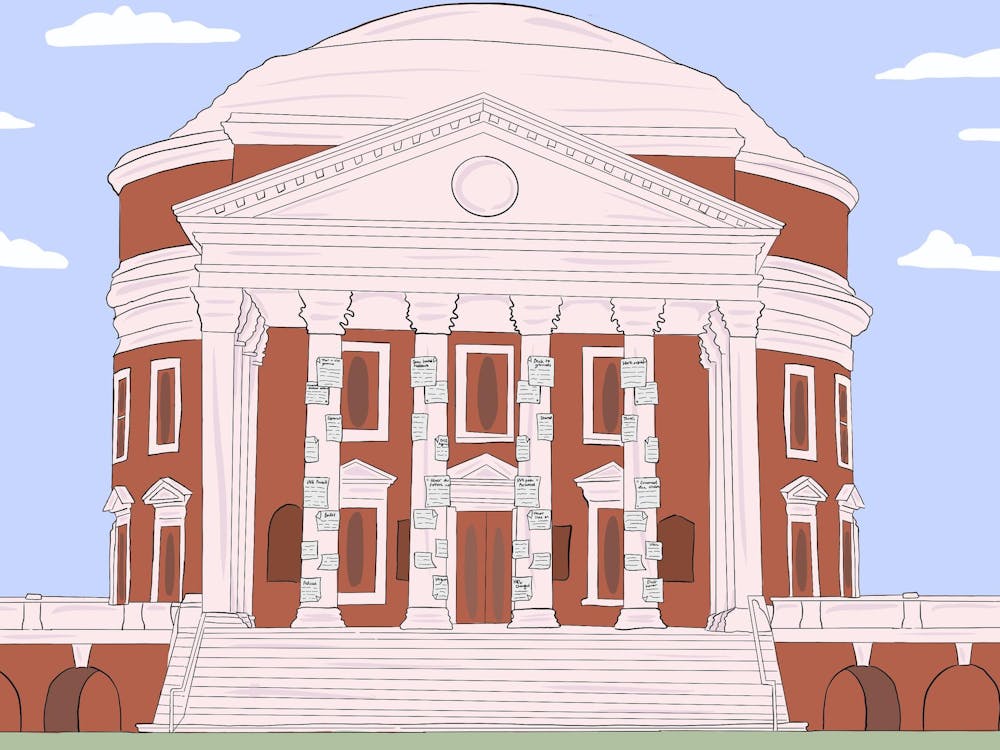Diversity — and issues of representation — are hot topics for discussion in many spheres of the University and on college campuses across the nation. There has been a call to increase diversity across various categories of identity, but there has simultaneously been a general desensitization to the word itself.
Often we forget to define what types of diversity we are referring to when we use the word. What immediately comes to mind is ethnic and racial diversity. However, we also have to consider socioeconomic, cultural and national identities in these conversations. Perhaps the dimension of diversity at the University that is most often overlooked is linguistic diversity. As the home to over 20,000 students, situated in a community that includes many international citizens, Charlottesville has an immense amount of naturally occurring linguistic diversity. Furthermore, many students also take foreign language courses while at the University, which offers over 20.
Languages houses give linguistic communities physical spatial representation in the University community. This includes the Shea House, the Maison Française and the German House. This year, University students began a movement to add American Sign Language to the Shea House community.
The American Sign Language program, which began in 1996, is a sequence of five semesters of courses. In 1998, ASL was added to the list of courses that satisfy the foreign language requirement.
The ASL department page asserts, “linguists recognize ASL as a fully-developed human language with its own lexicon, syntax, and morphological processes, one of over 100 naturally-occurring sign languages in the world.” While ASL is every bit as complex — grammatically and otherwise — as spoken languages, the fact that the department page has to address the misconception that it is not demonstrates that ASL is still not on equal footing with spoken languages in terms of acceptance in both the academic realm and social realms.
Having a presence in Shea House would give the American Sign Language community the opportunity to hold a wider range of cultural events. To be clear, the program directors already do so. However, having space in what is a self-proclaimed “cultural and linguistic center” for the languages it houses would send a message of cultural important to the University community at large.
Katherine King, a third-year in the College who has studied ASL at the University says, “one of the things that I’ve found most striking studying ASL and deaf culture is how easily hearing society can’t be adapted to ASL needs — for example, answering the door or hearing sounds of traffic. Being in an ASL classroom space where those questions could be answered was extremely valuable to be in terms of understanding ASL as a linguistic community. The ability to bring that learning to the Shea House and the larger University community, most of whom will never take an ASL class, would mean so much.”
Language is deeply tied to cultural life. Deaf culture is rich with traditions, folklore and practices that vary around each linguistic community (of which there are many). Carol Padden, author of “Deaf in America: Voices from A Culture,” said in a conversation with NPR, “the concept of culture is a way to capture something that deaf people share, not only deaf people but groups of deaf people that are all over the world” and that “American Sign Language is a critical part of that commonality.”
With the overlap between cultural communities and language in mind, the University should absolutely allocate a place in the Shea House for ASL students and signers. Doing so would place a traditionally overlooked community in a place of importance that it has not been afforded in the past. This would be beneficial not just for ASL students but for other students of Shea House and the University community at large.
Mary Russo is a Senior Associate Editor for The Cavalier Daily. She can be reached at m.russo@cavalierdaily.com.






